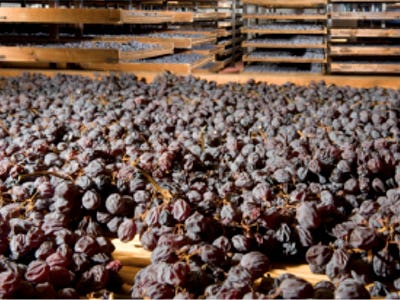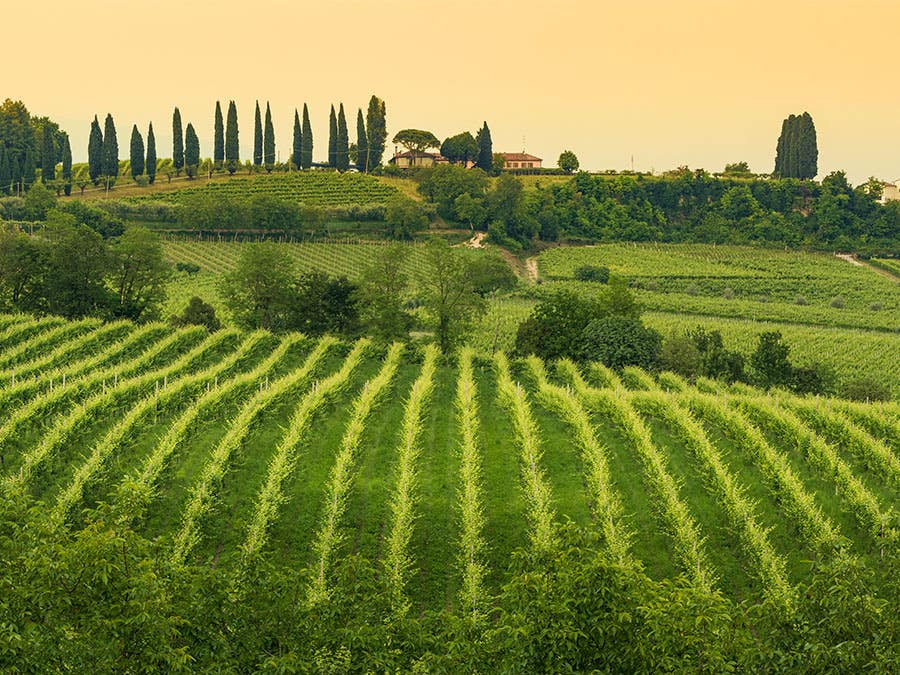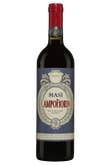Veneto stands out for three reasons in the world of Italian wine. The most important Italian region in terms of its volume of production, notably because of the remarkable success of Prosecco, it has also brought about unique techniques of production for red wine. In fact, the Valpolicella region, thanks to a diverse collection of related practices, offers Amarones, Ripassos and other wines whose production is based in the Appassimento technique… Let’s try to figure it all out!
Appassimento
It’s the Italian word for passerillage, sometimes known in English as “raisining”. The technique, whatever the language you call it by, consists of allowing the grape to dry, in order to concentrate its sugars and tannins and to bring out the strength of its aromas. After they’re harvested, the grapes are placed on trellises in a ventilated area, to undergo a natural drying process over a predetermined period of time. A part of the juice evaporates—around 30-45%—and time works its magic… the proof is in the wine!
Amarone


Beyond the wine and the way it’s made, Amarone della Valpolicella is first and foremost a prestigious Italian appellation, the DOCG (Denominazione di Origine Controllata e Garantita). An appellation for which the appassimento is at the heart of the winemaking process.
After a drying period of several weeks, spread upon trellises or trays, the grapes—primarily the corvina, rondinella and molinara varieties—are placed in ovens for a period of fermentation that can last from 40 to 50 days. And finally, the wine will have aged anywhere from several months to several years in oak barrels before being bottled.
Amarones usually develop aromas of fig, prunes, maraschino cherries and chocolate, all while offering surprising strength, with their dense texture and elevated alcohol content—often more than 15%. They are created to be preserved and prized
Ripasso
Ripasso is the word for going back over. This old Italian technique, which was brought back to life in 1964 by the Masi winery, consists of submitting the juices of an Amarone marc to a second fermentation. The process aims to augment the wine’s quality by endowing it with more colour, concentration, extraction and flavour. In this way, the wine develops similar characteristics to an Amarone, without quite attaining its aromatic complexity and character.
Note that the term Ripasso will not always be found on the label. To find out which wines have undergone this process, consult the producer’s information about their technique, or ask your in-store advisor.
Double fermentation
An innovation of the Masi winery—pronounced “mazi”—double fermentation offers an alternative that is halfway between the Amarone and the Valpolicella in its non-raisined form. The process of double fermentation consists of refermenting a wine made from ripened but non-dried grapes, along with grapes that have undergone the appassimento process. This operation brings more structure and concentration to the wine, while also conferring upon it riper and more evolved aromas.
Suggested wine: Masi Campofiorin (the first wine produced using this method).
Salute!
 Free in-store delivery with purchases of $75+ in an estimated 3 to 5 business days.
Free in-store delivery with purchases of $75+ in an estimated 3 to 5 business days.












